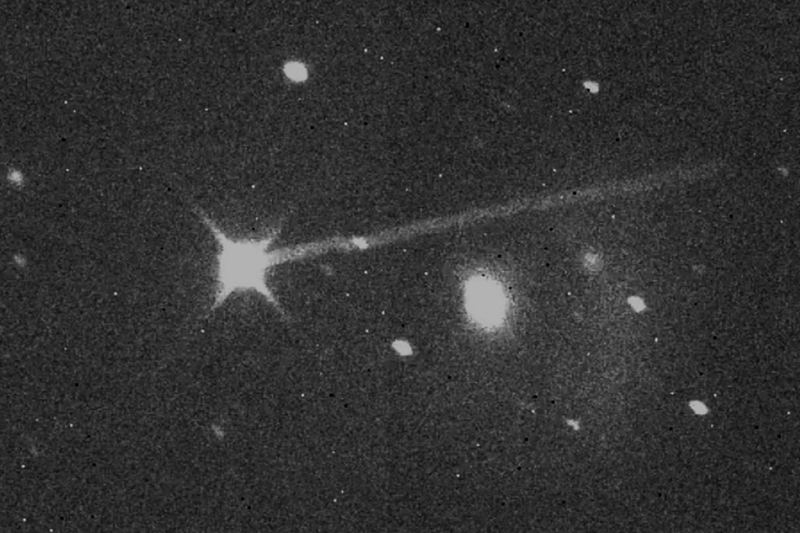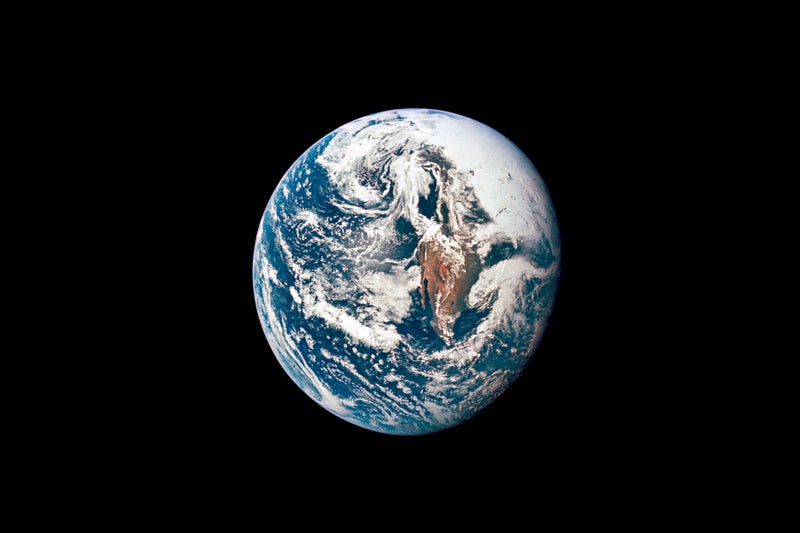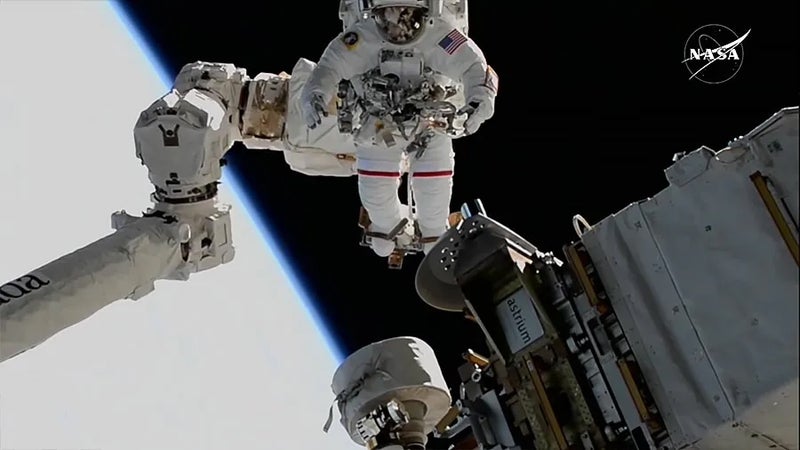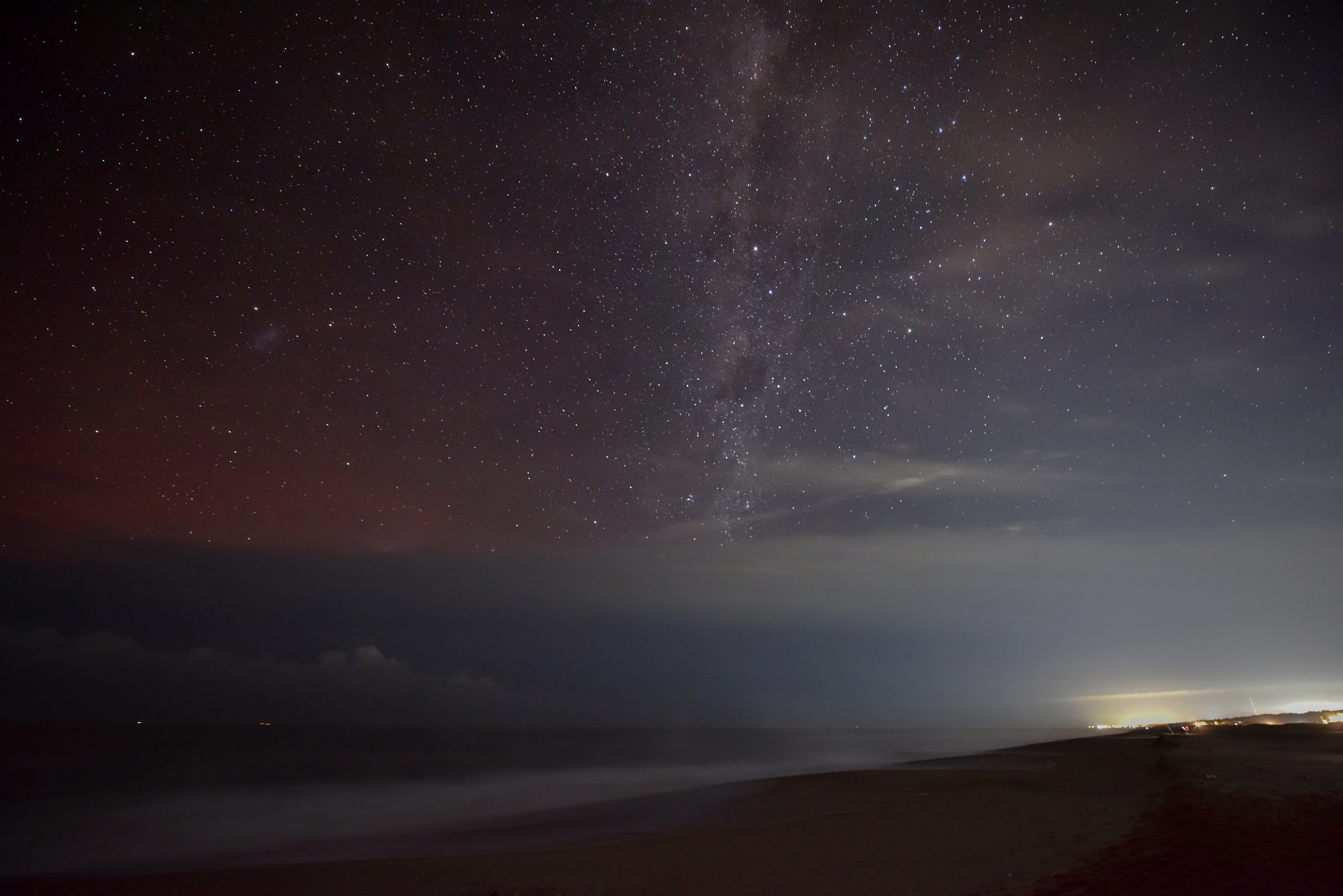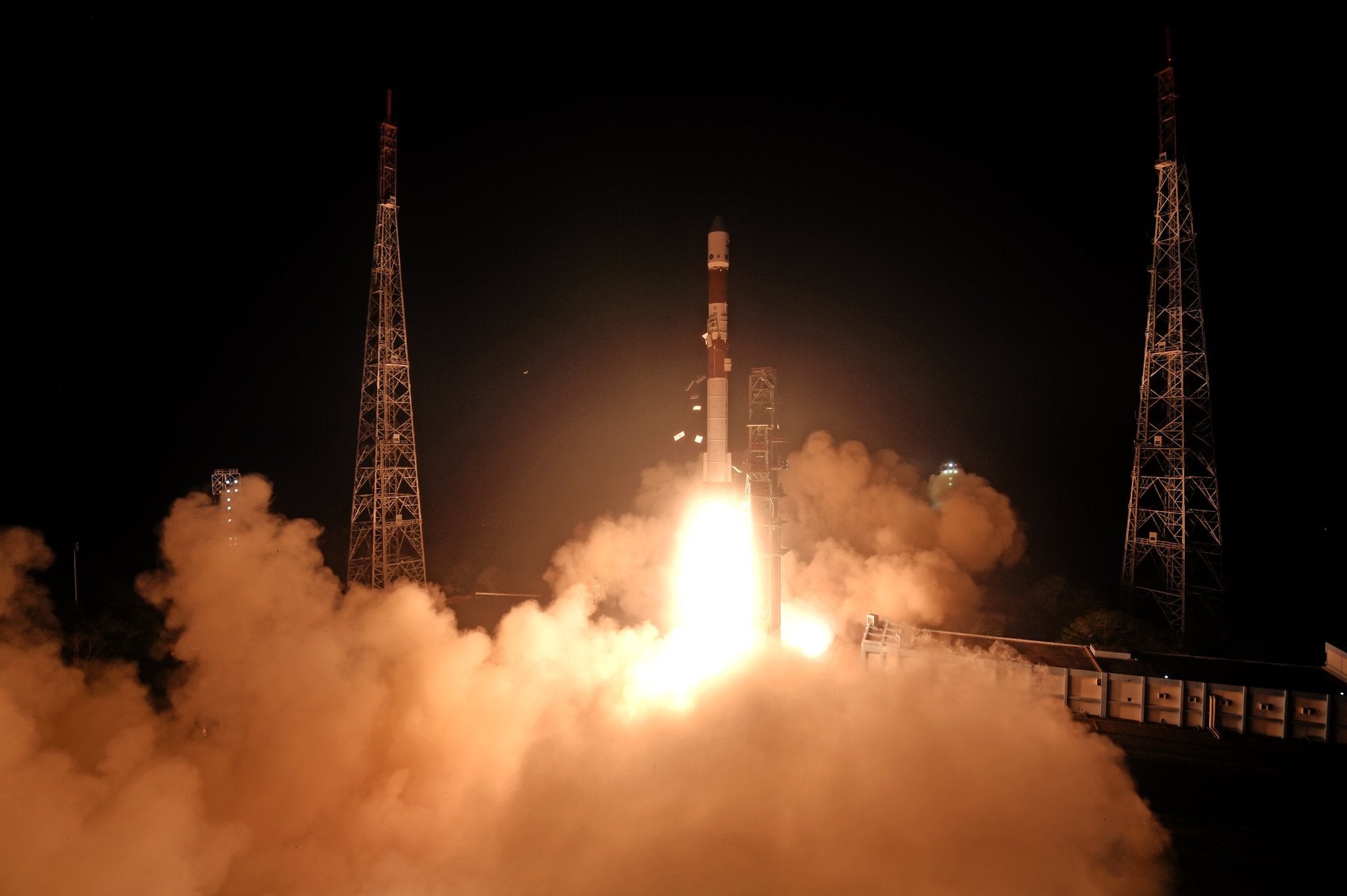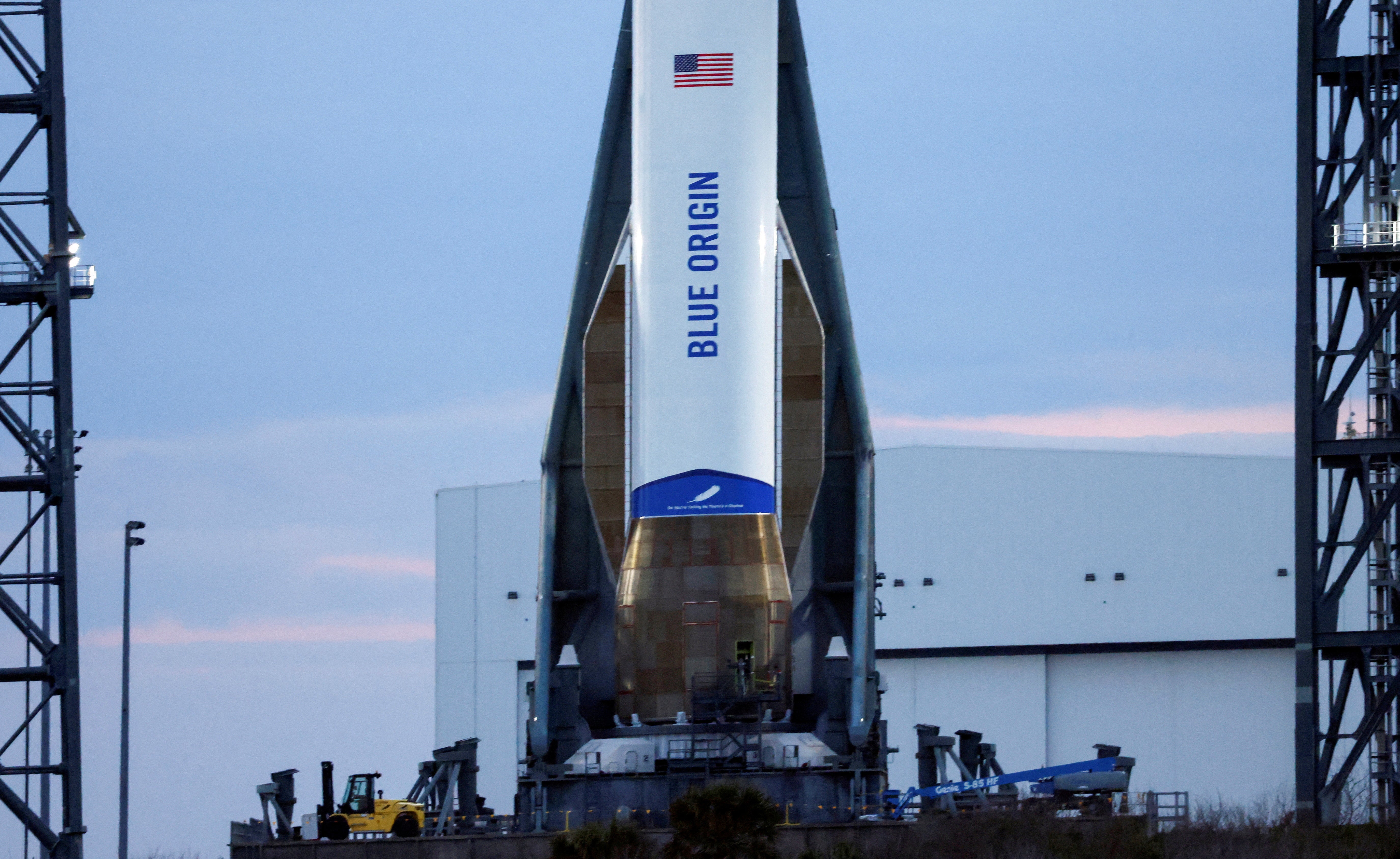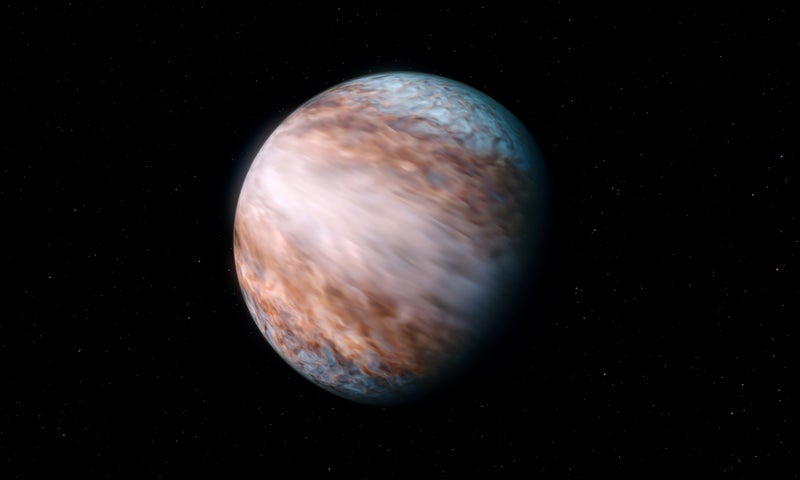Humanity has been working on ways to deflect dangerous asteroids - but it probably won’t need it. An asteroid is headed towards the Earth - but it’s probably not time to panic just yet. In recent days, there has been increasing alarm about 2024 YR4, an asteroid that is on course to fly towards Earth in 2023. There is a roughly 2.3 per cent chance that it will collide with Earth. In some ways, 2024 YR4 is one of the most worrying asteroids we have ever encountered. It was, for instance, given a rating on the hazard-measuring Torino scale of 3, the second-highest ever given, because of the threat of impact and its relatively large size.
But the holder of that record is a helpful reminder that these asteroids do not tend to be as terrifying as they initially seem. The highest-ranking goes to an asteroid known as Apophis - a destructive character of Egyptian myth, which did not help its reputation - which achieved the highest ranking in 2004 but was quickly downgraded as scientists learned more about its route and calculated that it did not actually pose a threat at all.
If 2024 YR4 were to hit us, then its size would mean that it would be a localised event, rather than the total destruction that was wrought by the asteroid that wiped out the dinosaurs, for instance. But if it were to hit one of the many cities that are thought to be in its path, it could cause death and disruption for tens of millions of people. But there are plenty of reasons not to worry about any potential impact. Chief among them is that it almost certainly will not happen.
Part of the worry about 2024 YR4 was that it recently had its chances of colliding with Earth roughly doubled. When it was first discovered, right at the end of the year, it was thought to have about 1 per cent chance of hitting us - but with time that became roughly 2.3 per cent. But scientists were quick to caution that the number is likely to go down again. As researchers learn more about the asteroid, they will be able to refine their estimate, and the chance of a collision is likely to be reduced.
What’s more, there are other things to be worrying about. Even at its relatively high rating on a different hazard scale - the Palermo rating - 2024 YR4 is still given a negative rating, which means there is more chance that we will be hit by an unknown object than by this known one. That does not mean there is reason to be apathetic. Space agencies are turning equipment such as the James Webb Space Telescope towards the asteroid, in the hope of learning more about the asteroids route and size so that they can constrain their estimates and simulations.
Their work is happening against the clock. 2024 YR4 is currently headed away from Earth, and by April it will have travelled too far us to see from the ground - meaning that anything we don’t know about the asteroid will likely stay unknown until it comes back around in 2028, at which point it may be too late. That research may show that there is something to worry about, and even a slim chance of a collision would likely inspire a global response. But the world has been working on a range of new options to help save us from possible impacts - such as Nasa’s successful Dart mission, which successfully showed it would be possible to nudge an asteroid off course - and those efforts would likely increase if there was seen to be a genuine threat.



